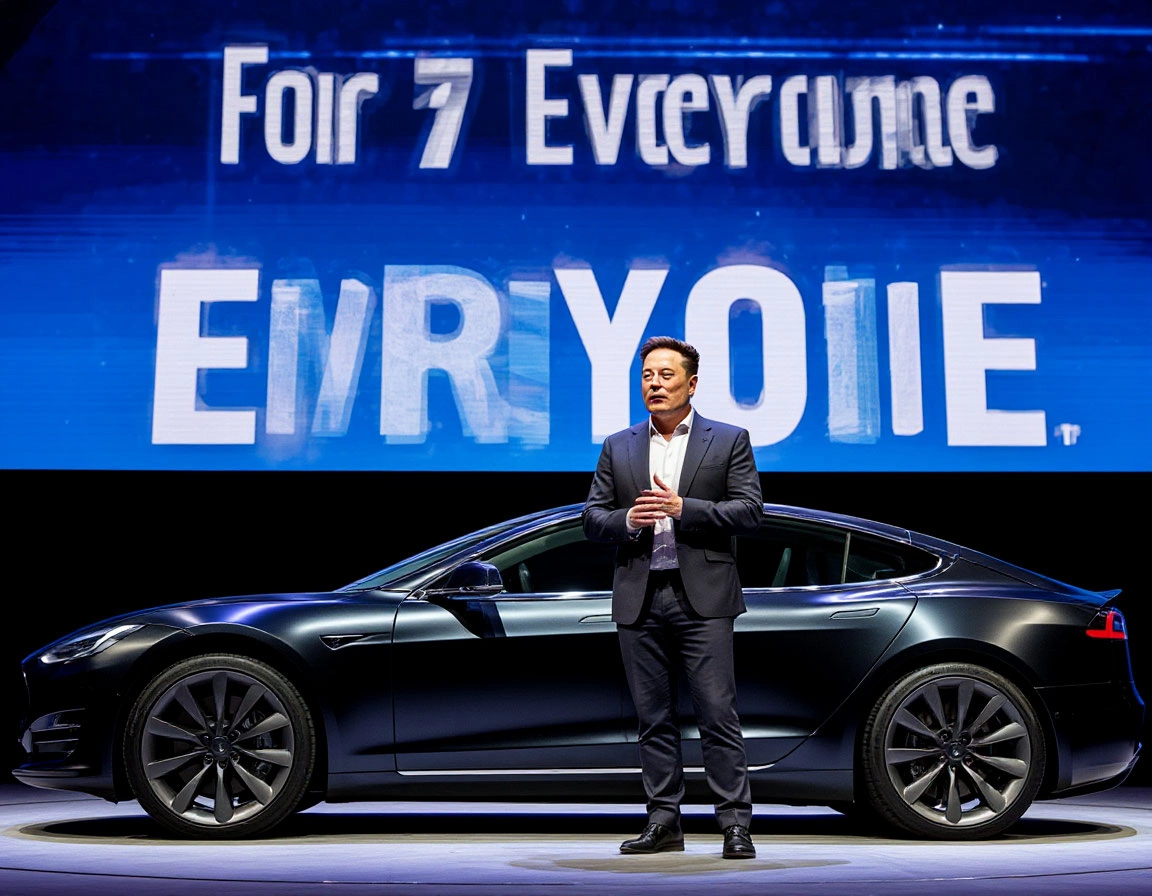Automotive Technology Posts on Crowch
If there’s one thing I took away from this year’s Milan Design Mobility Week, it’s this: design is no longer just skin-deep — it’s becoming a language. In 2025, cars are no longer shaped just by clay, wind tunnels, and engineers. They’re being shaped by algorithms, cultural data, and even neurofeedback studies.
And honestly? It’s mesmerizing. And just a little scary.
I walked into the Mobility Pavilion expecting the usual parade of concepts — silver arrows, autonomous bubbles, all lights and no steering wheels. What I found was more nuanced. Brands weren’t just showing off what their cars looked like — they were inviting us to explore why they looked that way.
The Rise of AI-Curated Aesthetics
One of the biggest showcases came from Renault, with their AI-designed concept, the Synesthesia One. The car’s shape wasn’t designed by a human team in Paris, but co-developed with a generative AI system trained on 150 years of visual art, urban mobility trends, and biometric feedback from test drivers.
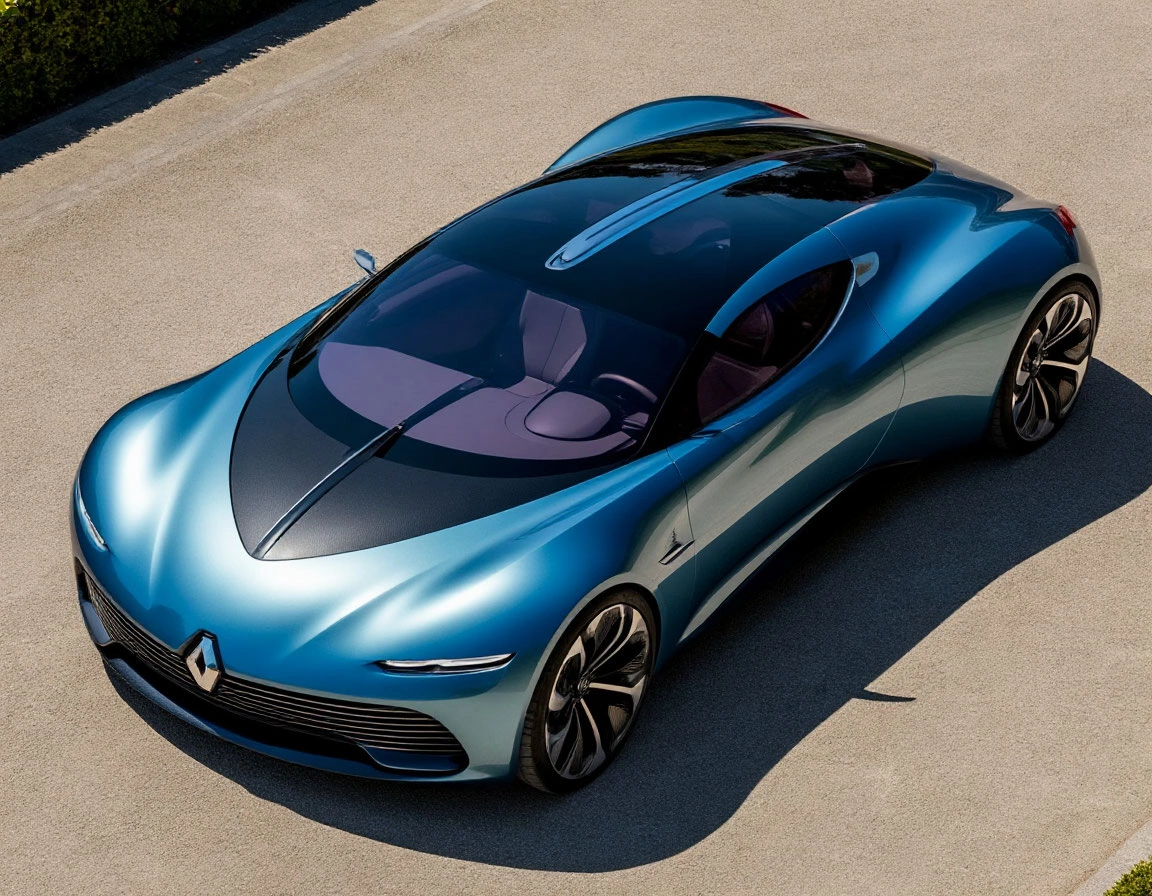
The result? A car that looks like it grew — not like it was built.
But here’s where it gets deeper. The car changes its lighting and interior mood based on your voice tone and pupil dilation. The AI isn’t just a tool for design — it becomes the co-author of your experience.
Other automakers followed suit. Toyota’s “HAKUMEI” concept was built with generative AI trained on both Japanese minimalist architecture and emotional response mapping. The seats recline at an angle dictated not by ergonomics, but by EEG brainwave relaxation patterns.
We’re entering a world where design becomes emotional data made physical.
What Happens to the Human Touch?
I had a fascinating conversation with a lead designer at Pininfarina, who told me, “In 2025, our job is less about choosing lines — it’s about choosing prompts.” Their AI studio, Aria, now drafts hundreds of form variations in seconds, allowing designers to act more like curators or editors.
So, the question becomes: is this still art? Can something be beautiful if no one human shaped it?
Personally, I think the answer is yes — but it requires a mental shift. We used to think of car design as something tactile, even romantic. Now it’s becoming computationally poetic. The emotion’s still there — it’s just translated through different hands. Or code.
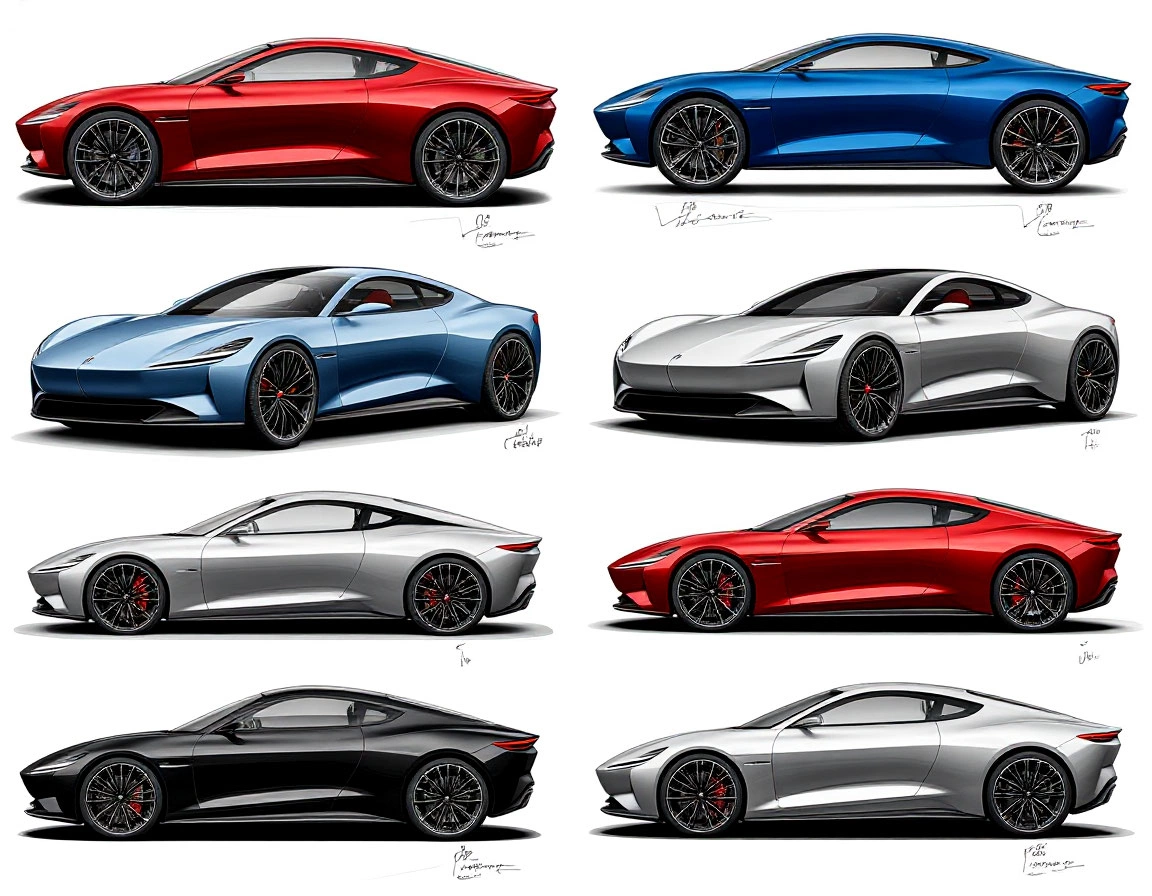
Sustainability Meets Style
Another major theme at Milan was eco-intentional design. I’m not just talking about carbon-neutral manufacturing. I’m talking about design choices made specifically to reduce waste, extend product life, and anticipate reuse.
Take Volvo’s Re:Verse prototype. Every single surface — from the curved dashboard to the body panels — is modular, removable, and reconfigurable. Think: LEGO meets IKEA, but make it stylish.
They claim this will extend the car’s usability by a decade and reduce material waste by 70%.
What amazed me was how seamlessly they’ve integrated these sustainable principles without sacrificing aesthetics. In fact, reusability becomes part of the beauty. Scarcity is no longer the standard for value — flexibility is.
The Return of Emotion in an Over-Engineered World
Amid all the code and modular panels, I did start to feel a creeping fear: is car design becoming too clean? Too clinical? Too… perfect?
That’s why I found Lancia’s “Aelia” concept so refreshing. It’s not the most advanced in AI or modularity. But it had soul. The asymmetrical headlights were inspired by Roman ruins. The paint shimmered in tones that subtly shifted based on daylight. There were imperfections. It felt human.
And maybe that’s the lesson. In a world where AI can generate perfection, what we crave might be the unexpected, the flawed, the emotional.
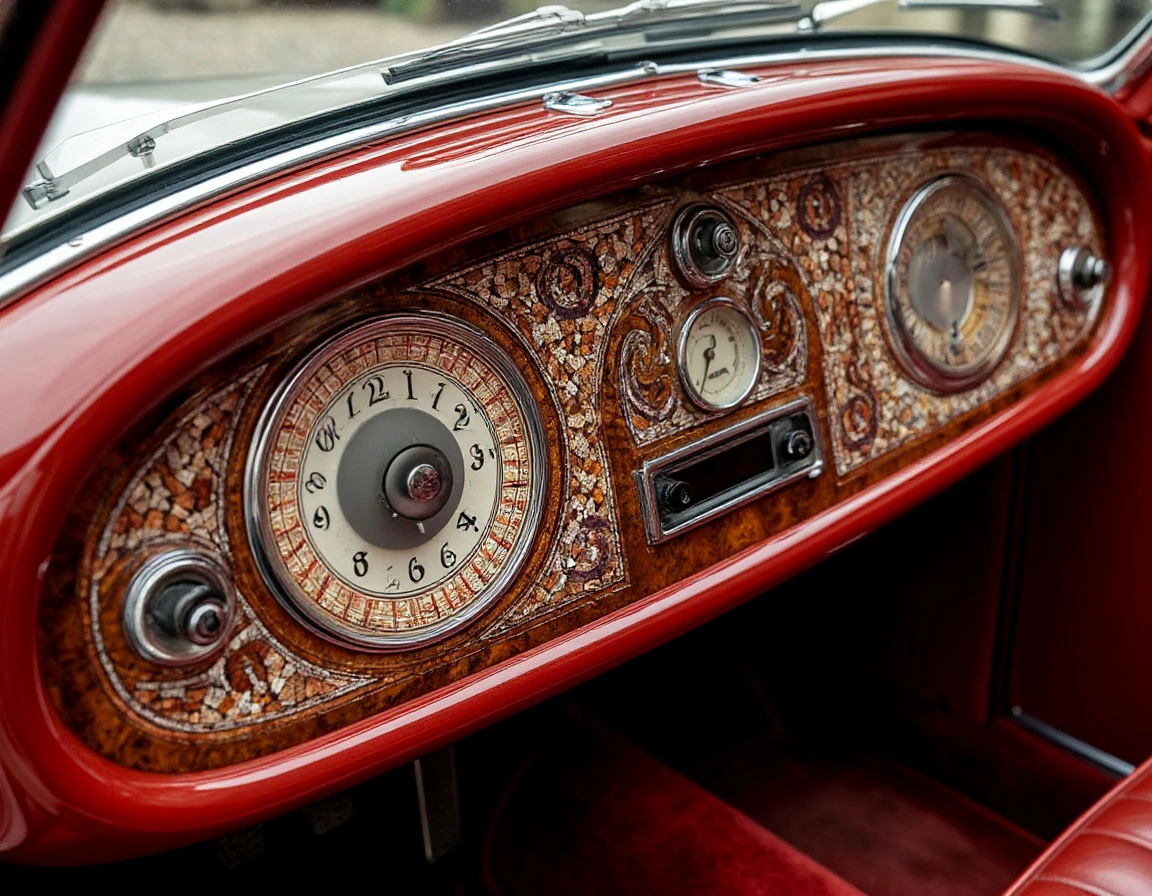
Design, at its best, still tells a story. And stories are messy. In 2025, the best cars are the ones that embrace both the algorithm and the artisan.
Where We Go from Here
As I left Milan, I realized this wasn’t just about cars. It was about how we redefine creativity in a world of intelligent tools.
We’re no longer asking, “What should this car look like?” We’re asking, “How should this car make you feel?” And we’re answering that with data, dreams, and digital intuition.
Designers aren’t being replaced — they’re being reimagined. And that, to me, is as thrilling as any V12.
It’s not often that a car under $25,000 steals the show in Geneva. But this year, Tesla’s Model 2 didn’t just dominate headlines — it sparked something rare in the auto world: an emotional reaction from both die-hard gearheads and first-time buyers.
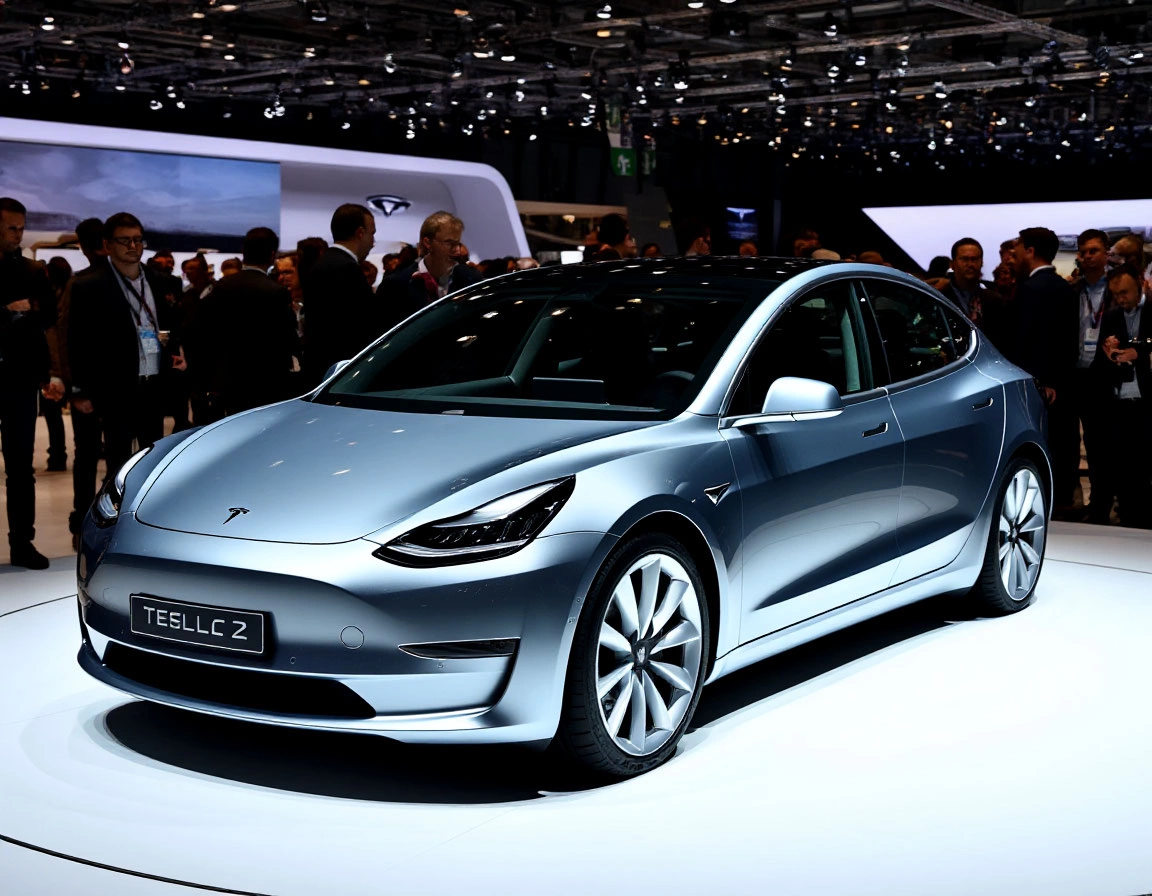
I’ve been following Tesla long enough to know that their product reveals usually walk a tightrope between cult-like excitement and public skepticism. But what happened at the Geneva Motor Show 2025 felt different. This wasn’t just another Tesla moment — it was a seismic shift in the way we think about electric mobility.
A Car That’s Less About You, More About Us
Let’s get the specs out of the way:
- Price: $24,990
- Range: Approx. 320 km (199 miles)
- 0–100 km/h: 6.9 seconds
- Charging: Full charge in under 20 minutes at a Tesla V4 Supercharger
- Design: Think Model 3 meets cyber-minimalism. Surprisingly fresh.
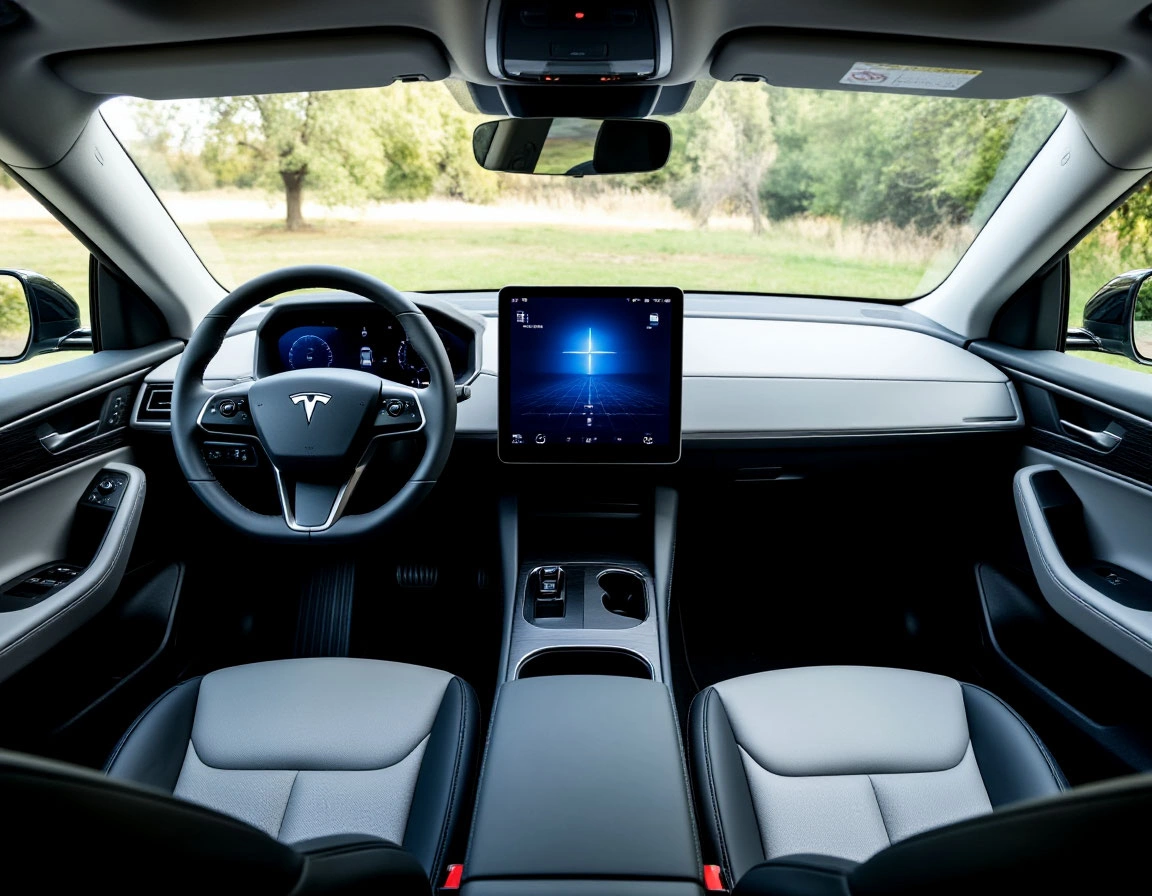
But to be honest, none of those numbers were what people in the crowd were buzzing about after the lights faded and the cameras shut down. What they were talking about — and what I couldn’t stop thinking about — was the timing. Because the Model 2 isn’t just a product. It’s a response.
2025 is shaping up to be a pressure cooker for the automotive industry. Between regulatory deadlines in Europe, supply chain volatility, battery production bottlenecks, and the inevitable AI creep into every onboard system, there’s been one question hovering above the industry like a drone: When will EVs actually be for everyone? The Model 2 might finally be the answer.
Why This Car Matters More Than It Looks
There’s something symbolically powerful about a company known for $80,000 cars turning its energy toward accessibility. It challenges the old “EVs are for the elite” narrative. More than that, it reframes the electric future as a necessity, not a luxury.
We’ve seen plenty of budget EVs before — the Dacia Spring, the BYD Dolphin, even Chevy’s now-departed Bolt — but they often came with compromises: poor range, clunky interfaces, or simply uninspiring design. The Model 2, at least from first impressions, breaks that cycle. It doesn't just lower the price point. It lowers the psychological barrier to EV adoption.
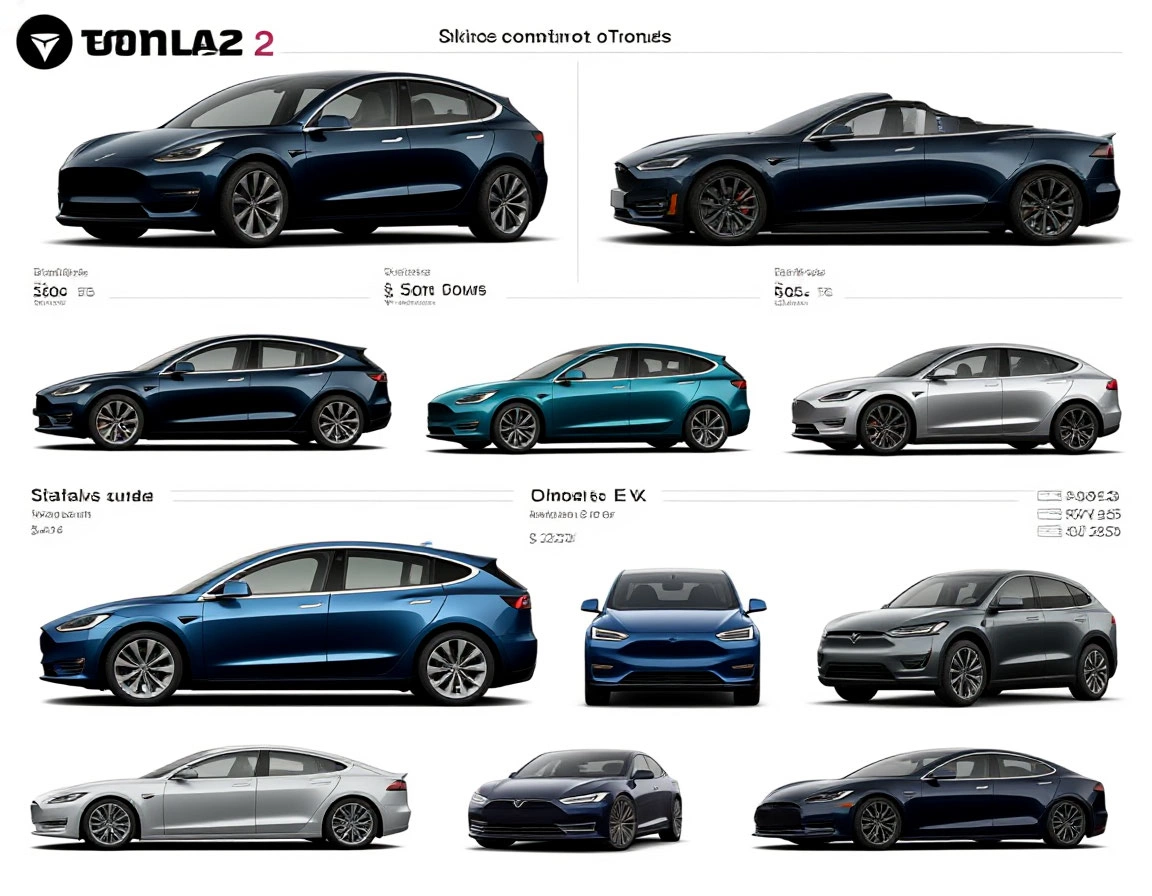
And yes, I know there are caveats. It’s still a Tesla — meaning you're buying into an ecosystem that’s famously closed, sometimes buggy, and deeply reliant on software over physical buttons (a point of contention for many). But it’s also a car built on lessons from the past decade: smarter supply chains, leaner batteries, and a clearer understanding of what consumers actually want from an EV.
Designing for a Changing World
What stood out to me most, beyond all the specs and the buzz, was how intentionally “small” this car is — in the best way possible. At a time when vehicles keep ballooning in size (looking at you, electric SUVs), the Model 2 feels like a quiet rebellion. It's right-sized for urban living. It assumes a future where efficiency isn't just about battery power but about spatial awareness, shared infrastructure, and even parking reality. That’s not just good design. That’s social design.
It shows an understanding that cities are changing. That roads won’t endlessly widen. That maybe, just maybe, the future of transportation is smaller, smarter, and more collective.
The Bigger Question: Will It Deliver?
Of course, this is Tesla. And Elon Musk. So skepticism is not only fair — it's necessary. We've seen timelines slip, features disappear, and promises morph into very different realities. The Model 2’s production is scheduled to begin by Q4 2025 in Giga Berlin and later in Texas, but we’ve heard that kind of optimism before. Still, I think we need to look beyond the manufacturing timelines. The point isn’t whether this exact car arrives on your driveway tomorrow. It’s that this kind of car is now part of the mainstream conversation.
And not just from Tesla. The Model 2 announcement immediately sent shockwaves across competing automakers. I’ve already seen rumblings from Renault, Honda, and Hyundai about accelerated plans for their own next-gen budget EVs. That’s the real power of this reveal — it forces everyone to get serious.
